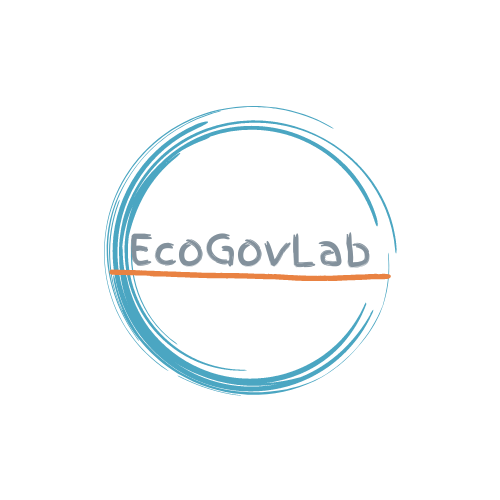Wednesday, November 5th
Los Angeles, 8:00 am | Albuquerque 9:00 am | Mexico City 10:00 am |
New York 11:00 am | São Paulo 1:00 pm | Greenwich Mean Time 4:00 pm
RSVP here
Please join us for an open seminar with the authors of an article – What Is “Restorative Justice” after the Church Rock Uranium Spill? – recently published in the Journal of Disaster Studies (JDS). The event is co-hosted by JDS and University of California EcoGovLab.

Authors
Teracita Keyanna (Red Water Pond Community Association, Navajo Nation) | Thomas De Pree & Cheryl Jim (Southwest Indian Polytechnic Institute) | Chris Shuey & Kirena E. Y. Tsosie (Southwest Research and Information Center) | Mallery Quetawki (University of New Mexico)
On July 16, 1979, the largest by volume radioactive spill in US history took place in Kinłitsosinil (Church Rock) in Diné Bikéyah (Navajo Nation) in northwestern New Mexico. This was both a mining disaster and nuclear disaster that happened when an earthen dam collapsed at the United Nuclear Corporation’s uranium mill tailings pond, releasing 94 million gallons of radioactive, toxic, and acidic slurry into the Puerco River Basin. Despite the acute disaster of the spill, a disaster declaration was never issued by any jurisdiction affected by the mine and mill releases, and there were no comprehensive disaster investigations or environmental health impact studies. This article addresses these patterns of “organized ignorance” that obscure geographies of environmental racism and injustice. These forms of ignorance cover up and downplay the uneven distribution and effects of the by-products from manufacturing the nuclear weapons arsenal and producing commercial nuclear energy. The downstream communities from the Church Rock mill spill were almost entirely Diné (Navajo) pastoralists who relied on the Puerco River as a source of water to sustain their lives, livestock, and livelihoods. Environmental health studies have demonstrated that proximity to mine waste is a significant exposure variable, which is ignored by the current environmental cleanup regime. When faced with such forms of ignorance that cannot possibly grasp the realities of local communities affected by uranium mining, they respond by remembering, restorying, and restoring the land through their own particular visions of restorative justice.
Contact: Kim Fortun, kfortun@uci.edu
Photo Credits [thumbnail]: Wikimedia Commons

